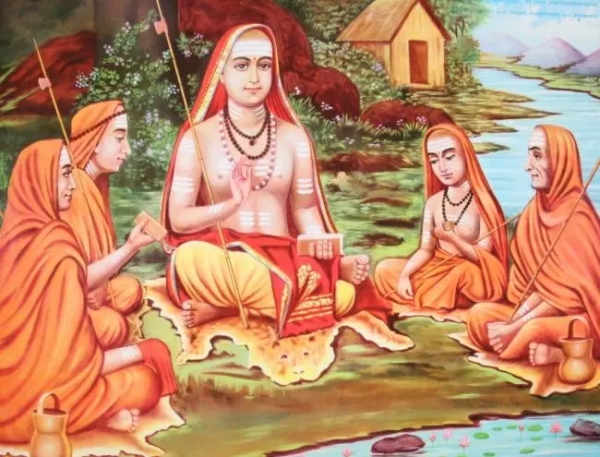
 Data Structure
Data Structure Networking
Networking RDBMS
RDBMS Operating System
Operating System Java
Java MS Excel
MS Excel iOS
iOS HTML
HTML CSS
CSS Android
Android Python
Python C Programming
C Programming C++
C++ C#
C# MongoDB
MongoDB MySQL
MySQL Javascript
Javascript PHP
PHPPhysics
Chemistry
Biology
Mathematics
English
Economics
Psychology
Social Studies
Fashion Studies
Legal Studies
- Selected Reading
- UPSC IAS Exams Notes
- Developer's Best Practices
- Questions and Answers
- Effective Resume Writing
- HR Interview Questions
- Computer Glossary
- Who is Who
Why are Hindu saints buried and not cremated?
According to the Ancient Hindu tradition, there are four phases of human life, also called as Ashramas. They are Brahmacharyam (bachelor student), Grihastha (After marriage with family), Vaanaprastham ( Retirement after completing his household responsibilities), and Sanyasam in the later part of their life. There is no rule that a person has to follow through this cycle to attain Sanyasa. Great souls who renounce worldly pleasures can attain Sanyasa in brahmacharya phase itself to dedicate the rest of their lives towards spiritual advancement.

The greatest example of true Sanyasi is Jagadguru Adi Sankaracharya, who attained sanyasa at the age of 8 years.
There are some duties and responsibilities for leading a life of Sanyasi. They will attain Sanyasa when they are detached from all worldly pleasures and they have to live a simple life and typically detached from all relational and emotional attachments. After his death i.e., the sanyasi leaves this physical body, he is believed to attain immortality through kapala moksha ( prana coming out of brahmarandhra). Their mortal remains are buried in the soil.
Why are Sanyasis buried
It is Hindu tradition to cremate their dead to release the soul of the deceased. It is believed that the Agni sanskara, will help the departed soul to relinquish attachments and lose moha on this physical body without hovering and continue his upward journey towards heaven. The rituals performed during the cremation and afterward help the soul to severe ties with earthly life.
According to Hinduism a Sanyasi has already relinquished all his earthly ties and lost moha on this physical body. So he need not be cremated to achieve the moksha. After the burial, a Brindavan (Tulasi plant) is grown over the site.

